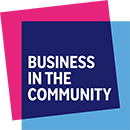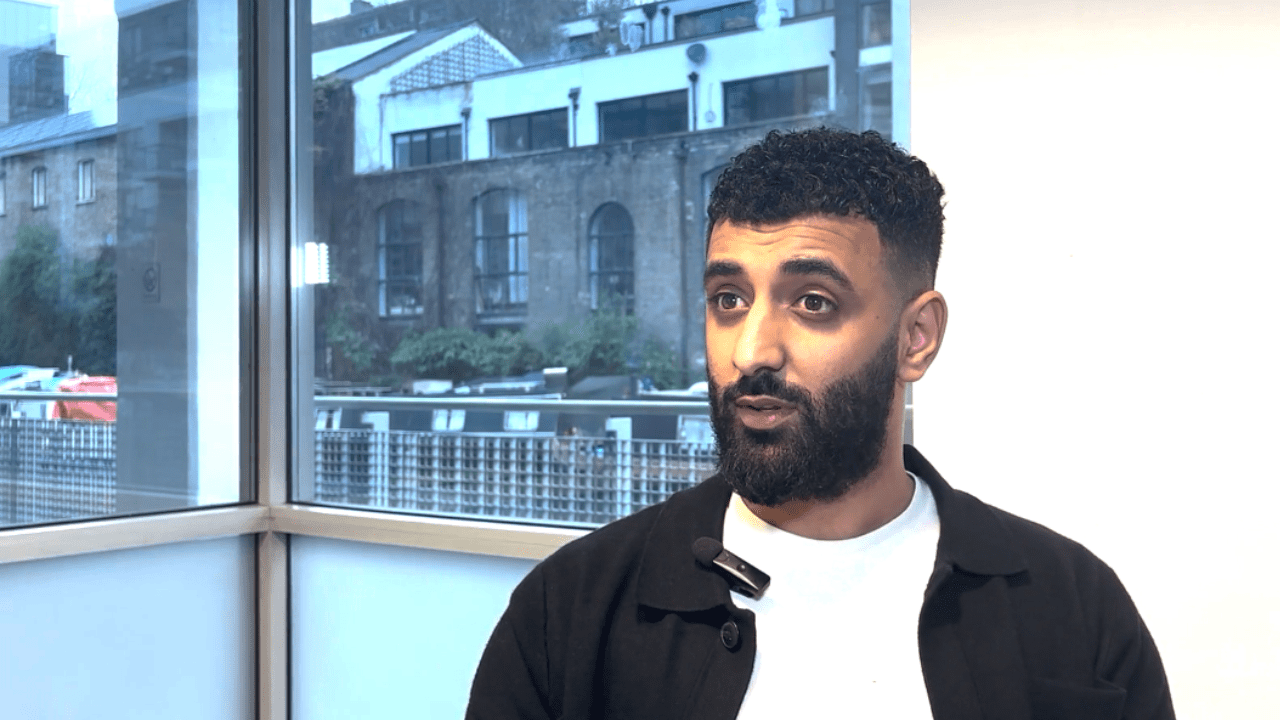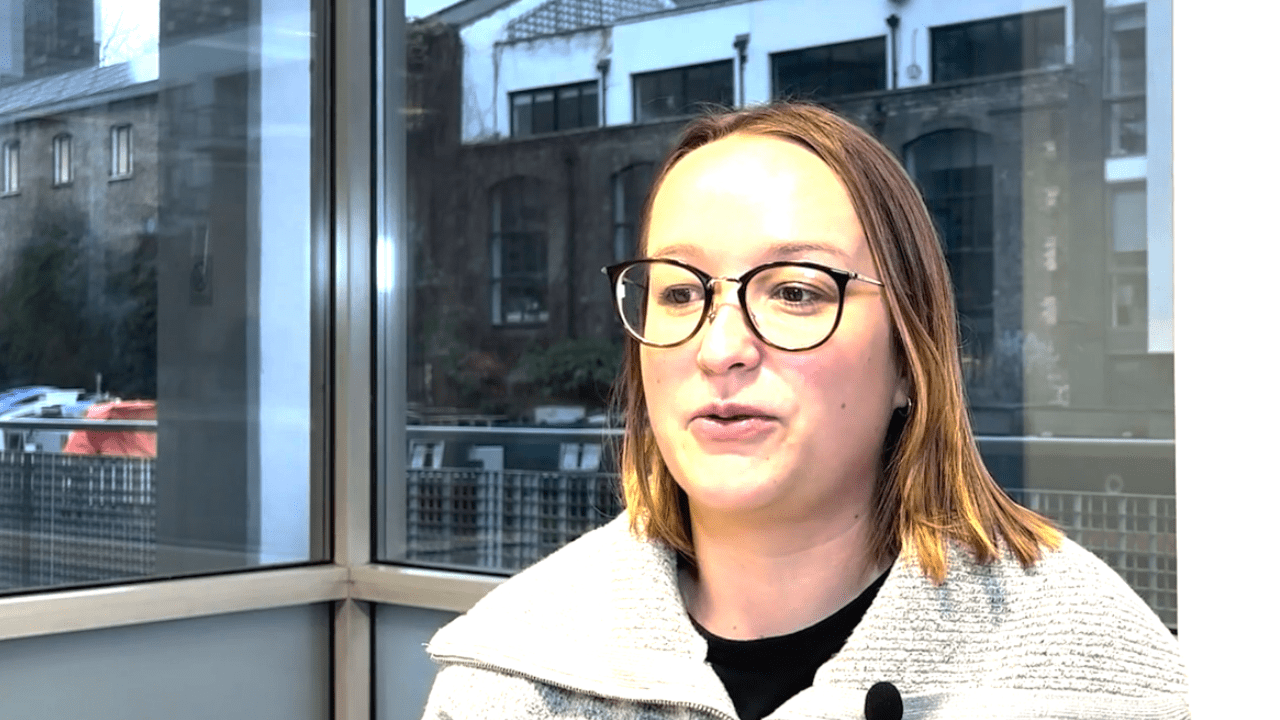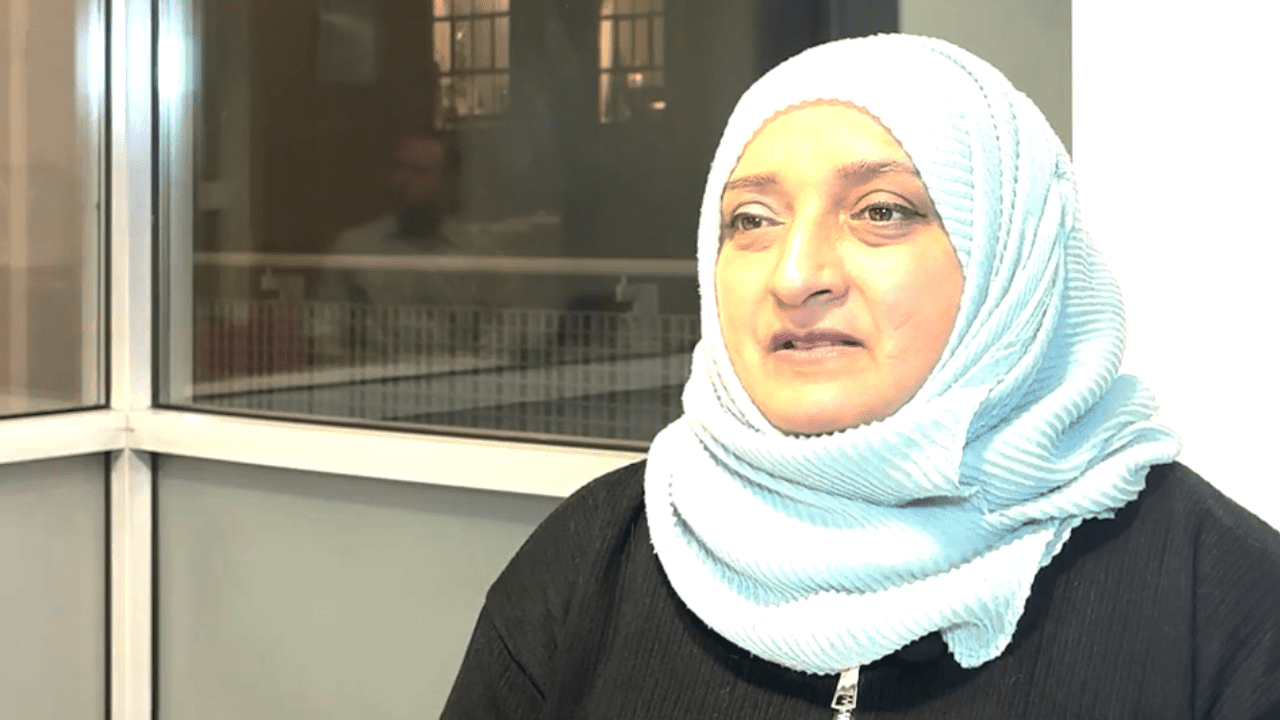Pride of Place Learning Hub: Phase Four
Pride of Place Learning Hub: Phase Four
In Phase Four, you can explore setting your vision, holding events, and building partnerships and outreach. This Learning Hub is sponsored by Aviva, Strategic Partner of the Business in the Community (BITC) Pride of Place programme.
Setting Your Vision and Strategy
This module supports you through the process of setting a collective long-term vision for change and a strategy that explains how you plan to deliver on it.
In earlier phases of your Place Partnership you will have built strong and productive relationships with a variety of local leaders, people and communities.
Working with these key stakeholders, you will set statements of intent that will help you to bring more supporters, funders, and changemakers together to transform your place.
What do we mean by vision and strategy?
A key element of a place-based approach is the creation of a clear strategic vision, linked to an area’s unique qualities and needs. This will provide a framework for what you do across your partnership and enable you to begin to understand and track the difference that you are making.
You would expect a business or community organisation to have a clear vision and this is crucial for any partnership. It provides the spark for engaging local people and demonstrates how bringing business together with other stakeholders can be a powerful way to address the issues and challenges facing your place.
Any long-term aspiration – we consider this to be 10 years or more – must build on existing strengths, recognise key challenges, and demonstrate shared commitment.
An effective vision will be able to be explained in few words, while having a foundation of thinking, evidence, actions and goals to give it substance. It will encapsulate the partnership’s aspirations and serve as a roadmap for the future.
Your local authority, or another local network, may already have a vision for your place. But to create systemic change with your partnership you will need to emphasise its inclusive nature.

How do I set a vision and strategy?
The process for developing the vision for your place is as important as the content of the vision itself. It is an opportunity to bring your stakeholders together around a shared aspiration, giving all parties a role to play and demonstrating the power of the collaboration.
There are several methodologies and approaches for creating a vision and strategy. Business in the Community uses a Theory of Change approach to define the vision and desired social, environmental and business impacts. This can then be used to:
Creating a vision and strategy can feel daunting, so make use of the regular activities already established in your place such as board meetings, conversations with other stakeholders, and activities and events to gather views and insights.
Now is also a good time to reflect on the data, information, and other insights you have gathered when scoping, establishing, and activating your partnership.
The way you position your vision, and the language you choose to use, should fit within the expectations and motivations of your key stakeholders. The following top tips will help ensure you bring everyone with you.
Setting a vision and objectives in Bradford
The Bradford Pride of Place Partnership tested its vision with a sample of local young people from different cultures and socioeconomic backgrounds. This helped to reflect their views in the Bradford prospectus, which identified that its position as one of Europe’s youngest cities was a major source of potential for its future.
The Bradford Place Board used its thorough stakeholder engagement and community needs analysis to identify key issues the partnership looked to address. For each of these issues, they created primary and secondary objectives and key outcomes. The key outcomes act as the partnership’s KPIs, demonstrating progress towards desired impacts.
How can we use the vision and strategy?
Your vision and strategy should become a roadmap to guide the actions and decisions of your partnership.
An effective vision and strategy can be used for:
Insights from the first Pride of Place Summit, supported by Aviva:
A panel discussion at the inaugural Pride of Place Summit highlighted the importance of an aligned and collaboratively constructed narrative in helping to shift perceptions about Blackpool.
The event, hosted by Aviva in Manchester in May 2025, included a session reflecting on Blackpool’s eight-year journey as BITC’s flagship Pride of Place Partnership.
Attendees heard from Blackpool Place Lead Andy Charles, Dame Julia Cleverdon (Chair, National Lottery Community Fund), Alan Cavill (Director of Communication and Regeneration, Blackpool Council), as well as colleagues Tara McDaid and John Fallon (Chair of the Blackpool Pride of Place Partnership).
They described how their vision encouraged more businesses, and the UK Government, to recognise the significant untapped economic potential of the Fylde Coast.
In setting out its vision, the Blackpool Partnership not only put forward a clear case to attract inward investment, but also helped to galvanise and unlock a greater sense of pride and optimism in Blackpool residents.
This helped to lay the groundwork for the cultivation of a ‘Born & Bred’ network. To this day, the network brings together people who grew up, worked or studied in, or who have family ties to the area. Their influence and contacts help the Blackpool Pride of Place Partnership go from strength to strength.
Resources
The resources below will support you in starting your placemaking journey and help provide an overview of best practice. More resources will be added to the modules as this Learning Hub is developed and improved, so keep in touch with your main BITC contact to learn more about the latest content as it launches:
Setting Your Vision and Strategy: FAQs
Next steps
If you feel ready to start building on your vision and strategy, take a look at From Quick Wins to Projects or Building Long-Term Partnerships which can help you develop your ideas and make more of a sustained impact for local people and communities.
Now is a great time to work with your Place Board and key close connections to map out how you plan on Defining and Measuring Impact.
From Quick Wins to Projects
This module supports you to build on your early community-based activities to make the most of the time and talent available to your partnership.
With a clear vision and strategy, and a growing track-record of making an immediate positive difference alongside your communities, you will reflect on your shared goals and plan out some ambitious projects to deliver on them.
Working with your Place Board and other key stakeholders, you will identify and decide on the best courses of action to create lasting change for local people.
What do Pride of Place projects involve?
You will have already conducted research with a wide range of people and organisations in your place and initiated some quick wins to build trust and momentum. You should now have a good idea of the key organisations that you can work with to develop more ambitious projects.
So, how do you distinguish between a quick win and a project? Think of a quick win as an immediate, usually one-off chance for an organisation you work with to make a positive contribution locally. A project offers a more sustained, ambitious opportunity to maximise the skills, resources, space and time available in your partnership to create positive change.
How do I get a project started?
It helps to plan out ideas for potential projects, considering what programmes members of your Place Board and wider partnership are already leading or involved with. This will give you a good starting point for understanding capacity and enable you to build on the strengths of your partners.
Also consider who else in the local community is active and what activity they are undertaking. Working alongside them and aligning your activity with theirs will avoid duplication and increase your collective impact. This approach will create positive outcomes that feed back into all the organisations involved.
Then, you can work with the main businesses involved to set shared, realistic objectives that are measurable and actionable, and that can make a positive difference to your communities.
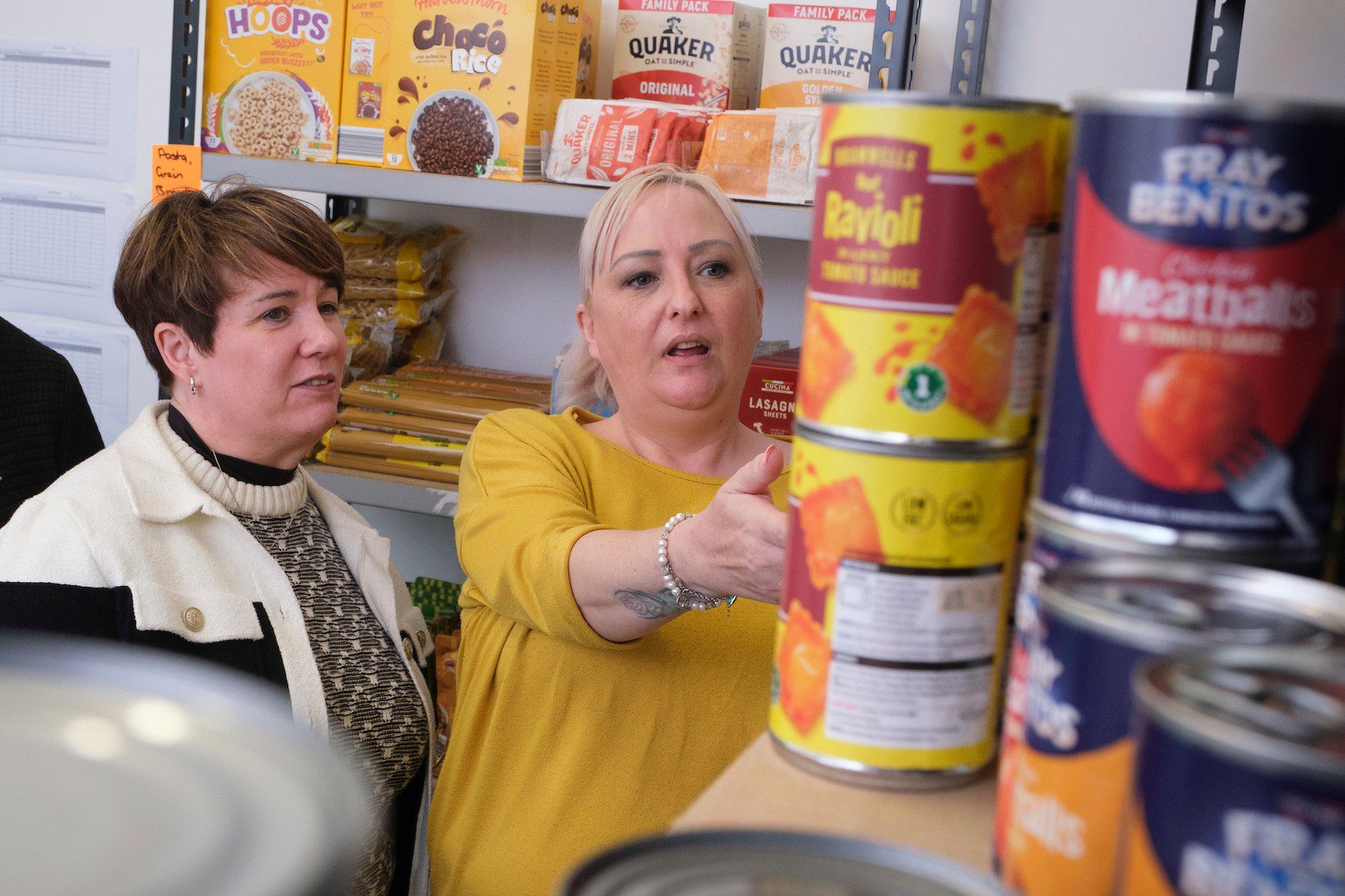
What kinds of activities would a project involve?
All good projects start with clear goals and objectives that are informed by real local challenges. You should have reviewed and improved the evidence and information you have collected when setting your vision and strategy, giving you some clear themes and recurring insights and soundbites to build from.
Your project might initially start from a one-off activity involving one business that builds to a more long-term intervention involving other businesses. It might become the starting point for a more strategic partnership between a business and a school or community organisation.
Because a Pride of Place project should show more sustainable ambition than a quick win, it can be useful to start with the end goal in mind. Here are some different ways your Place Board or key partners could help address a range of socioeconomic challenges that may be facing your communities.
Addressing different causes (rather than just symptoms) of poverty
The businesses involved in your Board and wider partnership will have access to skills and resources that could help communities navigate the various dimensions of poverty. Perhaps businesses with finance and legal skills could set up regular workshops to help community organisations support more people to manage debt and household finances. Other businesses may be able to use their supply chains to make essentials more accessible for communities.
Removing barriers to help people access employment
Your partnership should include a range of major local employers, each of whom could be encouraged to build stronger ties with education and other service providers to deliver regular support and advice for current job-seekers and future candidates.
Supporting your local economy and business ecosystem
Improving the levels of support on offer to local small to medium-sized enterprises (SMEs) can be a great way for your partnership to contribute meaningfully, driving both short-term and longer-term impacts. You might want to build on your business roundtables by setting up mini surgeries where smaller businesses can gain advice from larger businesses on key topics.
Making a sustained improvement to the local environment
Harnessing the time and skills of your partnership to make inclusive green space and other community space more appealing or accessible can be a great way to create a positive legacy.
Encouraging partnership members to add value to an existing or previous activity
Finding out more about existing initiatives in your Place can enable you to develop a menu of opportunities for your Board and Partnership to contribute their resources, skills, time, and space to boost the reach and impact made by existing work.
The See it Be it programme
See it Be it is a campaign to improve careers education in schools and colleges, which started in Sheffield through a collaboration between the local Pride of Place Partnership, existing business networks, local careers hubs and the local authority. The campaign unites local businesses to promote career-related learning in primary education and also provides interview practice for young people aged 18-24 who are actively looking for work.
These stakeholders worked together to support children and young people to feel more confident and prepared for starting their careers. They started from a good evidence base, knowing from UK-wide research that 86% of students with four or more employer encounters during their education were less likely to become NEET (Not in Education, Employment, or Training) and had better alignment with labour market needs1.
It offers a range of ways that employers can get involved, from quick 1-2 hour volunteering opportunities to longer-term offers of internships, work experience and mentoring. In 2023/23, See it Be it supported 37 schools and colleges, inspiring the support of 608 volunteers from 118 employers, who together reached over 16,000 students with advice and support.
Insights from the Pride of Place Summit
Building on the success of See it Be it in Sheffield, BITC Pride of Place colleagues are working alongside Aviva and other funders and supporters to roll out of the programme in other places across the UK.
At a breakout session focused on skills at the recent Pride of Place Summit, attendees from businesses, education providers, and government workshopped ideas for supporting the acquisition of skills in different place contexts.
A panel, featuring leaders from the EY Foundation, Fair Education Alliance, and Social Mobility Commission, reflected on the doors that being part of a nationwide network can open. They discussed how great ideas that work in one place can be learnt from and tested in another and highlighted how speaking with other Place Leads can support learning or provide connections for your own plans.

Resources
The resources below will support you in starting your placemaking journey and help provide an overview of best practice. More resources will be added to the modules as this Learning Hub is developed and improved, so keep in touch with your main BITC contact to learn more about the latest content as it launches:
From Quick Wins to Projects: FAQs
Next steps
When you have successfully started one or more projects, you might want to start thinking about Building Long-Term Partnerships which can make a bigger, more sustainable impact for local people and communities.
With a range of community-centred activities under your belt, now is a great time to work with your Place Board and key close connections to map out how you plan on Defining and Measuring Impact for the long term.
As well as the Community Conversations and Business Roundtables you will have organised so far, you might feel ready to start Holding Events and Visits that showcase the very best examples of collaboration and impact from your Pride of Place Partnership.
Defining and Measuring Impact
This module helps you to demonstrate the overall difference your Pride of Place Partnership makes. It explains the difference between inputs, outputs, outcomes and impact and supports you to evidence the impact your activities are having in your chosen place.
While this module can be used at any point in your Place Partnership, it is particularly helpful alongside work on setting your vision and strategy, planning your projects and holding events and visits.
Through gaining agreement on your impact measurements, you’re taking a significant step towards securing a sustained future for your Pride of Place Partnership and delivering much-needed change for your local communities.
What is impact measurement?
The impact of any activity depends on a chain of other factors and understanding these distinctions is crucial for effective impact measurement. So far, your partnership will likely have delivered a range of inputs, outputs and outcomes in support of local people and communities
Impact is often more complex to measure than the other factors and may occur some time after an activity. The diagram below shows the chain of factors that make up your impact.
1. Inputs
Resources that are invested in, or used to carry out partnership activity. Inputs are typically tangible and quantifiable, such as financial resources (grants, donations, income), human resources (staff time, volunteer hours, expertise), material resources (equipment, supplies, infrastructure).
2. Outputs
Direct products, services or activities resulting from inputs. These are the immediate deliverables of a Pride of Place Partnership and often come from quick wins or projects. Outputs are usually linked to local partnership activities, such as the number of workshops conducted, number of people reached and number of products or services delivered.
3. Outcomes
Changes, benefits or effects as a result of outputs. These represent the short- to medium-term difference made for local people, communities and the environment. Examples include increased knowledge or skills among participants, improvements in wellbeing or behaviours, enhanced access to services and increased sense of local pride.
4. Impact
Broad, long-term and often systemic changes that can be attributed, directly or indirectly, to the work of a partnership. It represents the ultimate goals and the significance of the changes achieved within a partnership. For example, the impact on a place could be reduced rates of poverty, improved public health indicators, increased economic growth, cleaner local environments and better social mobility.

Insights from the first BITC Pride of Place Summit, supported by Aviva
The importance of capturing stories and data to demonstrate impact throughout a Place Partnership journey was highlighted at the inaugural Pride of Place Summit. Hosted at Aviva’s Manchester Studios in May 2025, the summit’s keynote speech from Dame Amanda Blanc, Aviva Chief Executive, shared stories of how early interventions in Norwich had blossomed into more far-reaching, positive impacts for local families, schools, and employers.
More than 200 cross-sector leaders, including senior representatives from business, communities, and government attended the summit, highlighting the traction that a place-based approach is gaining across the UK.
Every Place Partnership is underpinned by a strong and growing network of people and organisations with significant track records in planning, delivering and reporting on long-term impact. To discuss how you can maximise impact in your place, get in touch with BITC’s Advisory Services team.
Why is impact measurement important?
Impact measurement is vital for Pride of Place Partnerships to demonstrate their effectiveness and to show funders, local leaders and other stakeholders what they ultimately seek to achieve. It can help you to understand what kinds of interventions and activities work best in your place.
Using impact measurement to continually refine and review your projects, partnerships and other activities helps you to make more informed strategic decisions and ultimately leads to greater impact.
How do we define the impact we want to have?
Impact, in a Pride of Place context, can be thought of as positive, long-term changes to your communities in terms of clear, measurable changes on social and environmental issues.
Defining your Place Partnership’s impact requires going back to your vision and strategy and drawing on the results of your Community Conversations and business roundtables to be clear on the change you want to make.
Interrelated impacts should also be considered. For example, an improved environment with more green space will have both a positive environmental impact and social impact through improving physical and mental health as people spend more time outdoors.
Impact setting and evaluation are collaborative activities and there is no one-size-fits-all solution. The specific needs, existing local landscape and people will all be different in different places, requiring a tailored response.
What types of impact can be measured?
The Pride of Place programme generally categorises the types of impact that can be measured by partnerships as follows:
It is also important to bear in mind why you are evaluating so that you don’t end up driving behaviours that focus on the wrong outcomes, and therefore ‘hitting the target but missing the point’. Continually ask yourself what you are trying to achieve, how you will know if you are achieving that, and what you have learnt to improve your approach along the way.
How do we measure impact in our place?
Demonstrating impact effectively will require commitment, listening, research and collaboration with key stakeholders both from within your place and beyond.
As with other aspects of the Pride of Place process, setting impact targets and goals must always be grounded in the real experiences, challenges, and available resources.
There are different methods of data capture that can help Place Partnerships collect enough detailed information to report on their impact. The level of confidence and evidence you have that the activities being delivered will achieve the desired outcomes and impact will inform which data capture method you choose. With less confidence, more data capture is needed.
Business in the Community focuses on four different data sets to support the evidence base for our activities, as below.
While quantitative data will help you measure your impact in numbers, qualitative data will help support these indicators through telling a story of change.
Defining and beginning to measure the impact of your partnership is a process that takes time and concerted effort. If you feel like you and your Place Partnership would benefit from additional expert support, get in touch with BITC’s Advisory Services Team.
Resources
Defining and Measuring Impact : FAQs
Next steps
If you feel that you need more data and examples of activity to help you measure your impact well, you might want to look at From Quick Wins to Projects and Building Long-Term Partnerships.
You may now feel ready to showcase the very best examples of collaboration and impact from your Place Partnership through Holding Events and Visits.
After a couple of successful events, for tips on how to make the most of your activities and influence wider change, you might find it helpful to check out Reaching more people: Press, Media, and Outreach.
Holding Events and Visits
This module helps you to plan some exciting opportunities to showcase the difference your Pride of Place Partnership is making in your communities.
You will clearly define the target audiences and objectives for your events or visits, encourage involvement from key stakeholders, plan the logistics and build engagement in your place and projects.
There’s no such thing as a perfect event, however, the effort and thought you put in will be evident in the positive outcomes your events will enable.
What kinds of events and visits should we host?
A well planned, well timed event can become something of a milestone on your Pride of Place journey. It provides an opportunity to celebrate and share recognition with key stakeholders and your wider community.
Pride of Place Partnerships can enable a range of events to engage local people, encourage key stakeholders to further their involvement and create new opportunities with funders and other supporters.
All events draw on stories that show the impact your Place Partnership is making through working in tandem with local communities.
It is often a good idea to anchor the theme or messaging of your event around one of the quick wins, projects or long-term partnerships already in action in your place.
How do I ensure events and visits contribute to our goals?
Sometimes it can feel tempting to charge head-first into an event, perhaps off the back of positive meetings between your partnership and the local or combined authority’s outreach teams.
The tips below emphasise the importance of setting out a clear rationale and building an event plan to effectively deliver and evaluate the activity.
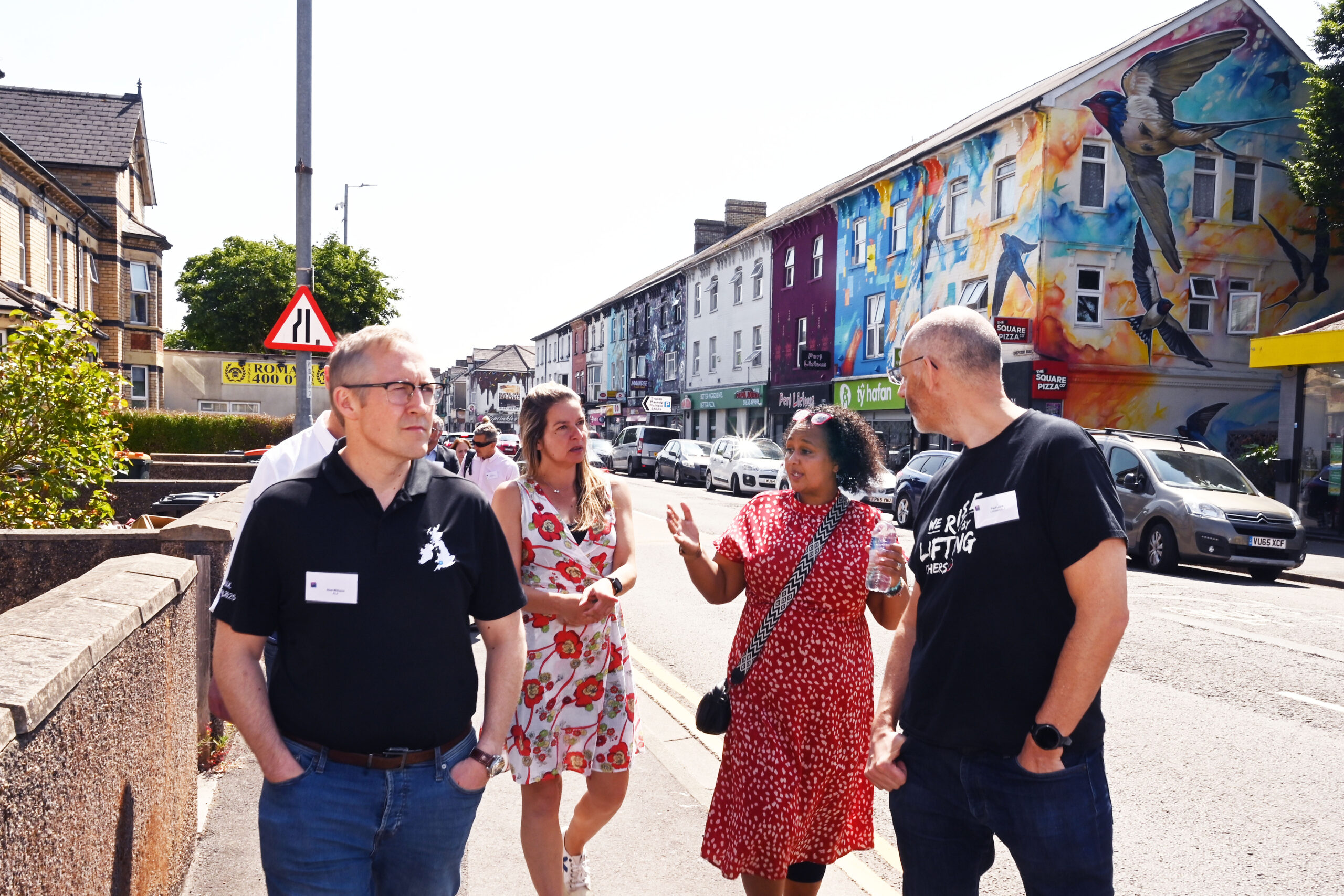
How do I run an event with impact?
Once you’re happy that your planned event or visit is well-reasoned, you are ready to start making your plans for a memorable event in your place.
Here are some guidelines to help you make a real impact:
You might want to offer tiered ticket options or sponsorship opportunities to cater to different levels of support and interest. For guidance on bookings and event promotion, get in touch with BITC’s Place Team.
Insights from the first Pride of Place Summit, supported by Aviva
As well as offering place-makers from across the UK the chance to connect and learn from each other, the inaugural Pride of Place Summit, hosted at Aviva Studios in Manchester showcased the benefits to Place Partnerships of hosting, organising and participating in events and visits.
In her opening speech, Aviva CEO Dame Amanda Blanc recalled the sense of joy and optimism she and her colleagues felt following visits to projects working with young people in Norwich. Panellists for the summit’s themed breakout sessions also reflected on how workshops, network meetings and community-facing events opened up further opportunities in their places.
For many leaders at the summit, their first encounters with Pride of Place would have come on one of The King’s Seeing is Believing Visits. Having the opportunity to see place-based work in action and visit neighbourhoods in towns and cities outside of usual tourist or central areas, brought home the real, urgent needs facing people in communities.
A particularly powerful story or first-hand encounter has often been a driving factor for hundreds of business leaders to get more tangibly involved in places. Personal stories and connections also keep them motivated to support for the long term.
How you enable the people in your communities to speak about their experiences of the issues you are trying to address is something to think about for your own events and visits.
How can I run a Seeing is Believing visit?
The King’s Seeing is Believing visit programme, first established in 1990 by His Majesty King Charles III, is one of the most well established and widely respected, experiential leadership programmes in the UK. Its influence and reach over the last thirty years has engaged over 25,000 business leaders.
Over the years, the programme has been a catalyst for campaigns in inner cities and rural communities, addressing issues such as homelessness, social mobility, education and skills. The programme has also helped focus investment and long-term support into Pride of Place locations, and other places at risk of being left behind, such as Blackpool, Burnley, Coventry, Halifax, Newport, Preston and Wisbech.
Leaders say that being involved has been the single most effective way for them to be a catalyst for change.
If you feel like your place is ready to play host to a Seeing is Believing visit, first talk with your main contact in the BITC Place team to decide whether your Partnership should go through the proper process for getting a visit in the diary.

Resources
The resources below will support you in starting your placemaking journey and help provide an overview of best practice. More resources will be added to the modules as this Learning Hub is developed and improved, so keep in touch with your main BITC contact to learn more about the latest content as it launches:
Holding Events and Visits: FAQs
Next steps
If you’ve run some exciting and inspiring events, or are in the planning phases for a Seeing is Believing visit, you may be ready to bring more attention to the achievements and impact of your partnership. See our module on Reaching More People: Press, Media, and Outreach.
Once you’ve successfully started one or more projects and celebrated them, you might want to start thinking about Building Long-Term Partnerships.
With a range of community-centred activities under your belt, now is a great time to work with your Board and key close connections to map out how you plan on Defining and Measuring Impact.
Building Long-Term Partnerships
This module is designed to help you turn collaborations between your key stakeholders, vital community organisations and local services into long-term partnerships for the benefit of communities.
It supports you to work with your Pride of Place Board and local changemakers to map out partnerships that align with your vision and support your goals and objectives.
You will learn the difference between Pride of Place Partnerships and long-term partnerships between businesses and community groups, the essential ingredients of effective partnerships and how to leverage connections to create lasting impact.
What do Pride of Place long-term partnerships involve?
When we talk about long-term partnerships, we mean strategic relationships between businesses and the local, community-facing organisations that support people every day.
They embody the ethos of the Pride of Place Partnership model – harnessing the very best of business to help communities thrive and flourish in the long-term.
In this context, long-term is usually two or more years and the partnership is generally between one business and either a community group, charity or service provider whose social purposes align.
A Pride of Place Partnership will usually support multiple long-term partnerships like this, helping businesses to make a lasting difference on a particular local challenge or within a particular community.
Long-term partnerships provide a chance to build on the strengths and aptitudes you’ve identified in your place. You’ll work closely with Board members and other key business stakeholders, connecting them with the people and organisations that can make the most difference to local communities.
Why work with another organisation to deliver impact?
Community-facing organisations work with people every day who are experts by experience when it comes to the challenges in a place.
To really make a difference, businesses need to draw on the experience in their communities to decide how best to fund, plan, deliver and scale interventions that are known to have a positive impact on local people’s lives.
Earlier modules on getting to know your place and community conversations and business roundtables can provide a refresher on understanding community needs and working with the experts.
Successful long-term partnerships amplify the impact already being created in a place. They often help with pooling resources, co-creating innovative solutions and improving access to support for local people.
What are the essential ingredients for effective partnerships?
Long-term partnerships often start from a quick win, project or interaction between a business and community group during a Seeing is Believing visit.
When a business feels truly passionate about a particular neighbourhood or cause, a long-term commitment to providing strategic, accessible support for organisations embedded in their community is the most effective way to contribute.
To ensure the success of long-term partnerships, a formal agreement is needed to clarify the following:
The Place Lead has an essential role to facilitate and convene the relevant partners, supporting them to build a solid relationship and linking their activities back to a place’s overarching vision and strategy.
Long-term collaboration features at the first Pride of Place Summit
At the inaugural Pride of Place Summit hosted by Aviva in Manchester, the Chair of the National Lottery Community Fund, Dame Julia Cleverdon asked her panel: ‘What does good look like in placemaking?’ A recurring theme in panellist responses was that it involves a commitment to deeper partnership working.
Rashi Byatt, CEO of Positive Youth Foundation, reflected on how crucial it can be for a child or young person to know that they can access support at different stages in their academic life and early career.
With almost 2,000 young people actively participating in its programmes each year, Positive Youth Foundation is able to make a huge difference to young people in Coventry and across the West Midlands. Its work has been further strengthened through a recent partnership with Salesforce, following an introduction made at one of The King’s Seeing is Believing visits in Coventry in 2022.
Attendees of the Summit also heard from panellists representing Anglian Water, Aviva and the EY Foundation about how close, local connections have helped large national and global businesses catalyse positive social impact.

How do we leverage connections for lasting impact?
Existing networks such as your Partnership Board, local business networks and other stakeholder groups can be great for connecting with diverse stakeholders already making a difference in your communities. Identifying potential collaborators who share complementary skills, resources or target audiences is the first step to forming long-term partnerships.
Place Leads and Place Board Chairs who can clearly articulate their vision and goals will attract like-minded businesses to work together, helping them to offer the expertise and resources that are most needed in communities. The following Pride of Place Partnership examples showcase the exciting possibilities that arise when businesses work with communities in a deep and intentional way.
Supporting positive futures through business-community partnership
Following a King’s Seeing is Believing visit to Coventry, the CEO of Salesforce UK & Ireland, Zahra Bahrololoumi joined the Coventry Leaders Network and committed to partner with two community organisations to provide ongoing support from Salesforce.
As a result, Salesforce leaders are providing expert advice, technology support and volunteering to Foleshill Community Centre to help them work more efficiently and on a bigger scale. Match funding from Salesforce, alongside other businesses, has also enabled the centre to build necessary extensions and improve kitchen facilities.
Salesforce leaders have also worked with Positive Youth Foundation to provide guidance and support for digital skills programmes, volunteering and long-term engagement.
Blackpool Pride of Place Partnership
Nine years ago, Business in the Community led a unique partnership of businesses, community groups and Blackpool Council to help the town take ownership of its future and tackle its most pressing challenges. This first Pride of Place Partnership developed an integrated vision for the future of Blackpool with input and support from across the town.
As a result, Blackpool has attracted millions of pounds of private sector investment and is diversifying its economy to unlock further growth and infrastructure development. As well as seeing physical and economic regeneration, Blackpool is also making progress with tackling some of its long-standing social issues in education and housing.
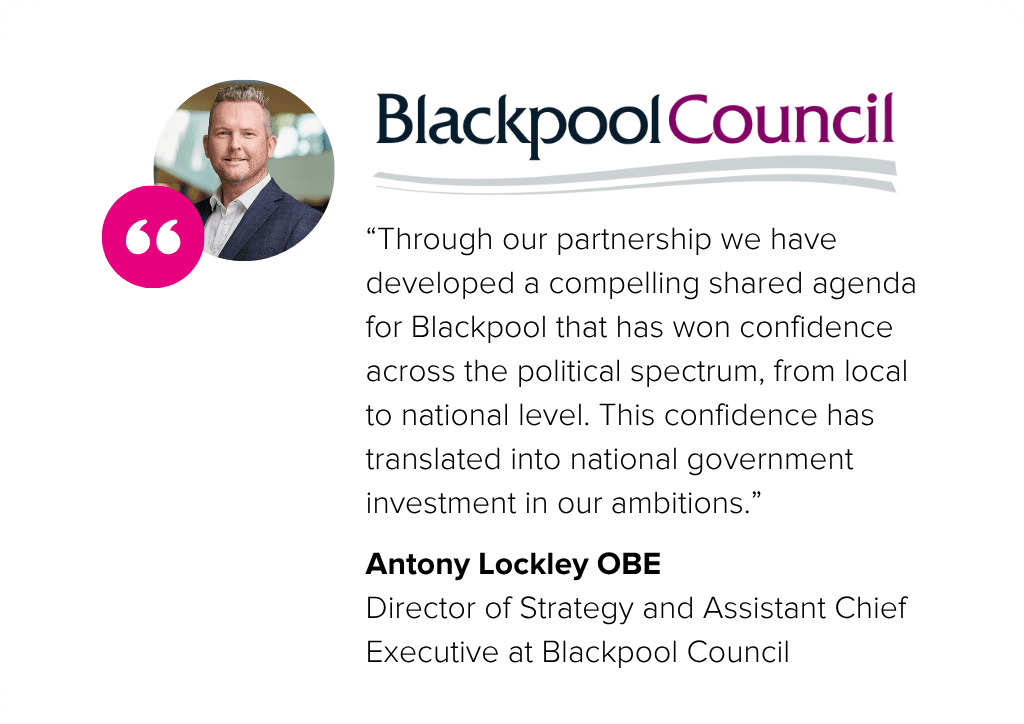
Resources
Building Long-Term Partnerships: FAQs
Next steps
With some impactful, long-term partnerships between committed organisations up and running, you might want to think about running an event to celebrate your success so far.
You may also want to bring wider public attention to the achievements and impact in your place.
If your Pride of Place Partnership is into its third year and thriving you may want to focus on making your place sustainable.
Reaching More People: Press, Media & Outreach
This module supports you to understand the channels and options available when promoting the work and impact of your Place Partnership.
Designed for partnerships with a track record of delivering quicks wins and projects to benefit communities, it looks at gaining and capitalising on media coverage.
You’ll learn how to build the story of your place, how to leverage the influence your Partnership Board and stakeholders have and how to make the most of media engagement opportunities.
How do I build the story of our place?
With the experience you’ve gained through your Place Partnership, you are ready to use your earned credibility to promote the change you’ve been able to achieve, advocating for new positive outcomes for your place.
You should now have a growing number of inspiring stories and examples of the impact your collective activities are having within communities. You will also have strong networks that can help you to engage effectively with local and national press and media.
Your Place Board and wider stakeholder networks may well have useful contacts, skills or other resources to help your place gain media coverage.
Your Place Board and wider stakeholder networks may well have useful contacts, skills or Working with your Board and drawing on relevant expertise, you can now develop a communication strategy to ensure consistent messaging across the range of communications channels available. resources to help your place gain media coverage.
Telling compelling stories through press releases, media-facing events and directly to trusted journalists can result in valuable news coverage.
The inaugural Pride of Place Summit, hosted by Aviva at its Studios in Manchester, featured speakers and panellists who have been able to successfully secure local, regional, and national news coverage.
Blackpool Pride of Place Chair John Fallon, and Lead Any Charles, reflected on how they developed ‘The Blackpool Story’ and the importance of bringing people with them on the Blackpool journey. Making good media connections and providing a range of positive content for local journalists has enabled the Blackpool Board and team to reach out further into its community.
What does a communications strategy involve?
Your communications strategy will clearly articulate your Partnership’s vision, goals and objectives; outlining the needs you are addressing and how you are making an impact.
It will set out how you will tailor messages for different audiences, whether they are potential funders, local people, or policymakers.
Elements of this strategy can then be used to support outreach to press outlets and help to build ‘brand recognition’ and trust with your audiences.
Offering clear, engaging and emotionally resonant content through your direct communication and media coverage, your partnership can significantly expand its reach, gain support and create further positive change.
How can I leverage the influence of our Pride of Place partnership?
Your Place Chair and Board members will often already have public recognition, political connections or specific expertise that can lend credibility and visibility to your goals and purpose.
Partnerships can encourage members to use their social media presence and public platforms to raise the profile of the work in your place, speak at policy events and collaborate on research and reports. They can also involve them in conversations with government and other decision-makers.
Carefully cultivating these relationships and strategically deploying member influence can enhance a partnership’s advocacy power and drive meaningful policy impact, as seen in the Blackpool Pride of Place Partnership.
Your influential stakeholders can also provide introductions to high-quality partnerships with press and media outlets. Collaborating with press and media outlets and agencies can give you access to established networks and readerships. A great example of this comes from the Newport Pride of Place Partnership, which worked closely with BITC colleagues, its Chair and Board Members to secure a beneficial partnership with Business News Wales.
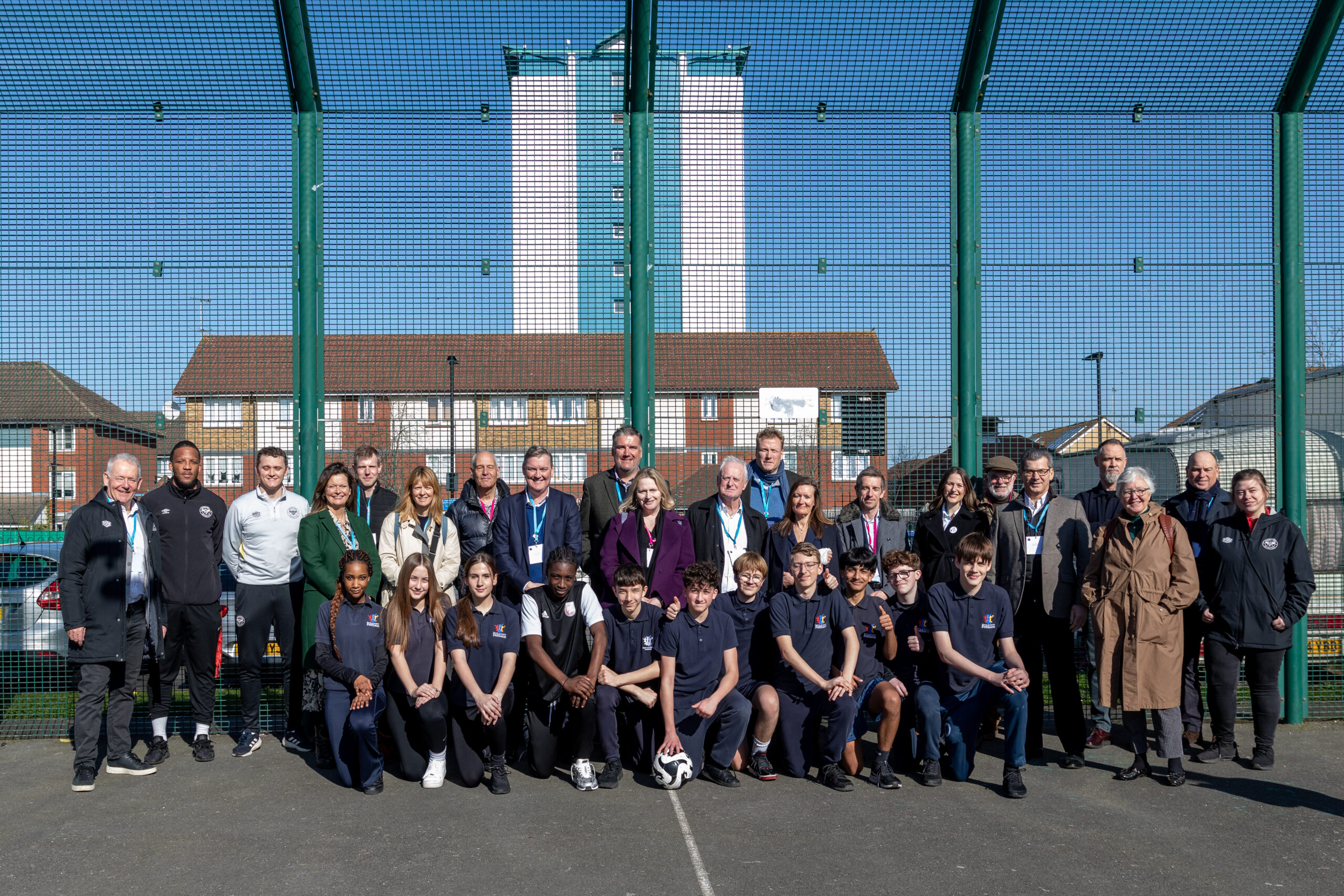
What should I do to make the most of our media coverage?
Securing media coverage requires a proactive, strategic approach, starting with the identification of relevant media outlets and journalists who cover your place or related social issues.
Building relationships with these contacts, offering them valuable information and making yourself and your Board available for comment or interviews will help to build trust and profile.
Securing positive media coverage is just the start. This news can then be shared through your Place Board’s marketing and social media channels, through an email newsletter and during upcoming events and meetings.
Other ways to use positive media coverage include:
Ask your Place Board members and Chair to share the news through their internal communications channels, with their supply chains and in their professional networks – word of mouth can be a powerful way to communicate on behalf of your place.
Be sure to keep track of the media coverage you gain and thank journalists for their support, highlighting how it is contributing to your community or issue.
How do I keep my stakeholders on side when dealing with the media?
Any publicity will come with risks and it is important to approach community representatives and other organisations with sensitivity and respect for their contributions and expertise.
Pride of Place Partnerships should aim to be indispensable stakeholders in their place, while also being cautious about taking too much credit and focus away from the individual businesses and community groups involved.
It will often make the most sense for a key stakeholder – such as the local authority, leading business or community organisation – to take the lead on coverage with background support from you and your team. Norwich City Council celebrating a successful UK Government Shared Prosperity Fund bid is a good example.
Further examples of different types of media coverage Pride of Place Partnerships have achieved are available in the resources section below.
Resources
The resources below will support you in starting your placemaking journey and help provide an overview of best practice. More resources will be added to the modules as this Learning Hub is developed and improved, so keep in touch with your main BITC contact to learn more about the latest content as it launches:
Reaching More People: FAQs
Next steps
Events and Seeing is Believing visits are great ways to gather good news stories. See our module on Holding Events and Visits.
If you haven’t already, you might want to start thinking about Building Long-Term Partnerships.
If you’ve covered all of the modules up to this point and your Pride of Place Partnership is into its third year or more, you may want to work on Making your Place Sustainable.
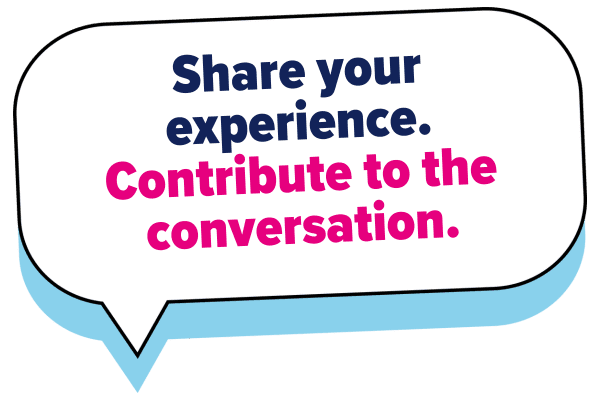
Help us build the Pride of Place Learning Hub
Our modules will be continuously updated. Your experience and feedback can help these tools become richer. Contribute to the conversation of best practices in placemaking by sharing your perspective with our team today. We welcome your feedback, case studies, and reflections on placemaking to help us curate our modules.
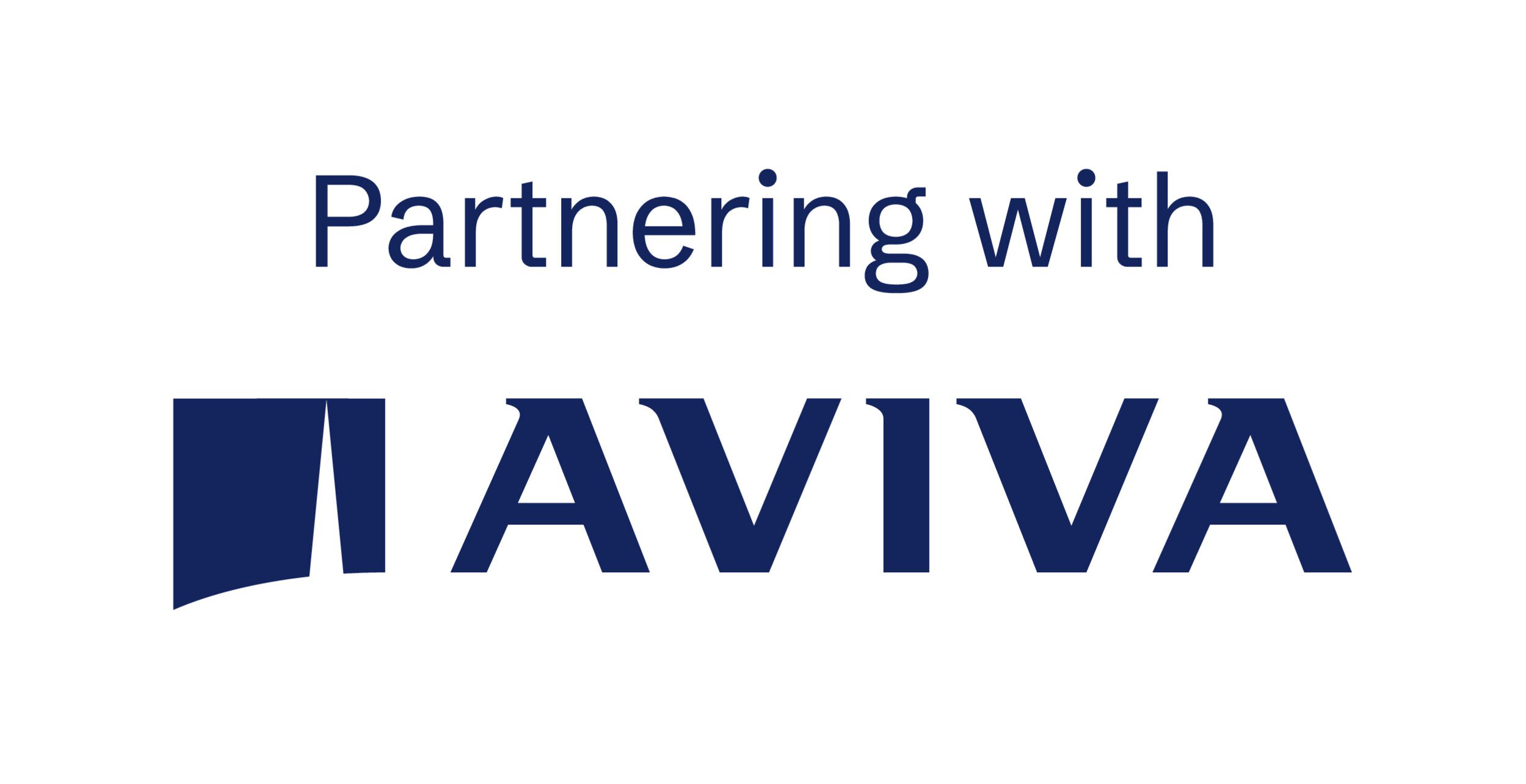
Our Pride of Place Partnership is made possible through partnering with Aviva
Aviva is the first Pride of Place Partner, working together with BITC, the partnership will build thriving communities by breaking down barriers that impact access to education and employment, improving housing and local facilities, and tackling wider inequalities facing individuals throughout the UK. The work will bring together key local stakeholders in places such as community groups, businesses and local councils to create a strategic vision for long-term change.
